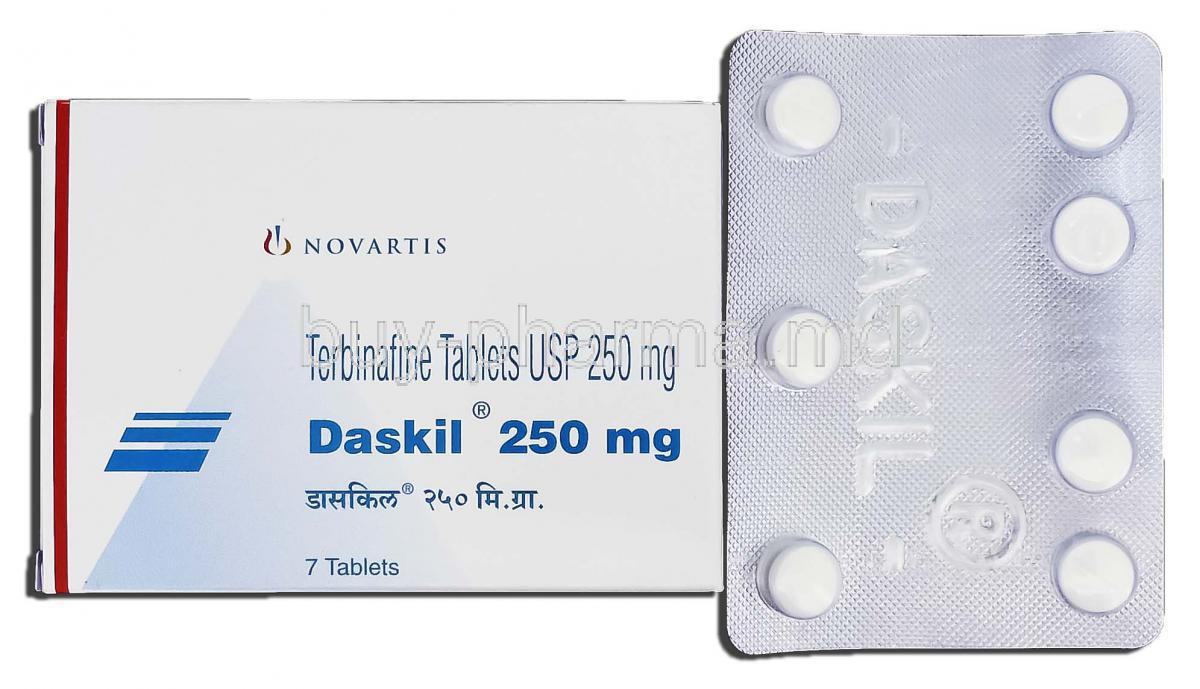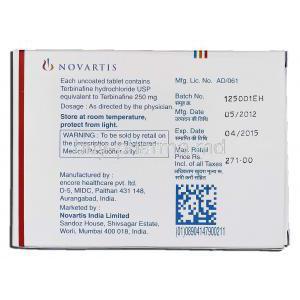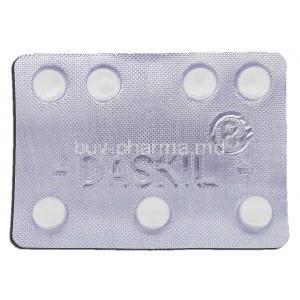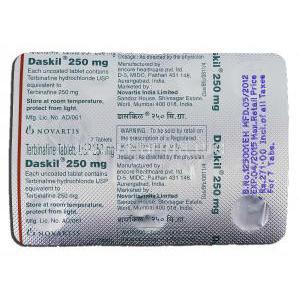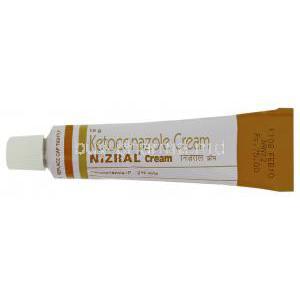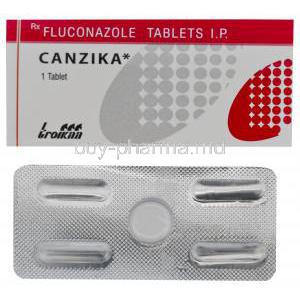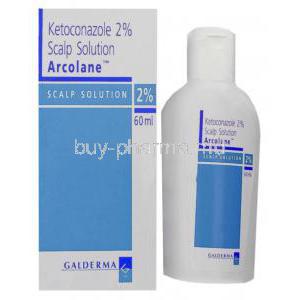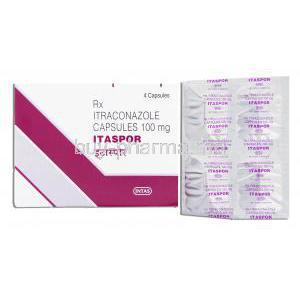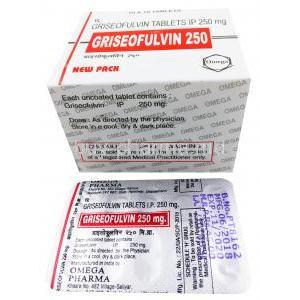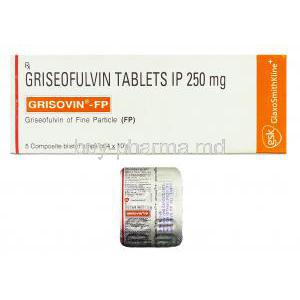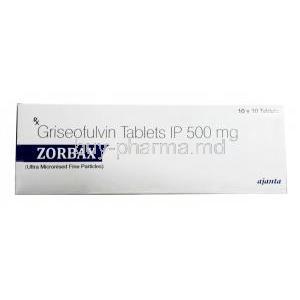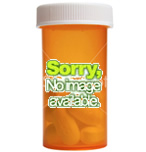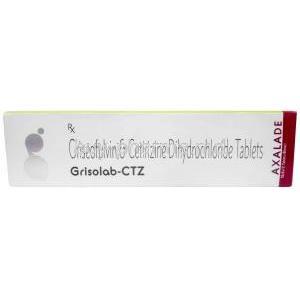Introduction to Daskil (Terbinafine Hydrochloride)
Overview of Daskil as an Antifungal Medication
Daskil, containing Terbinafine Hydrochloride, is a potent antifungal agent widely recognized for its ability to eliminate dermatophytes and other pathogenic fungi. It belongs to the allylamine class of antifungals and has become a cornerstone in dermatological practice for managing superficial and nail-related fungal infections.
Brief History and Development of Terbinafine
Terbinafine was introduced in the late 20th century as an innovative alternative to older antifungal drugs such as griseofulvin. Its development was marked by a focus on targeting fungal cell membranes more directly, offering patients shorter treatment durations and higher cure rates.
Importance of Terbinafine in Treating Fungal Infections
Fungal infections can be persistent, recurrent, and resistant to therapy. Terbinafine has proven invaluable due to its fungicidal activity, meaning it actively destroys fungal cells rather than merely inhibiting their growth. This makes Daskil particularly effective for chronic or difficult-to-treat conditions such as nail fungus.
Composition and Formulations
Active Ingredient: Terbinafine Hydrochloride
The active component of Daskil is Terbinafine Hydrochloride, a synthetic allylamine that directly disrupts fungal cell growth. Each formulation contains a precisely measured concentration to ensure therapeutic effectiveness.
Available Dosage Forms
- Tablets for systemic therapy of nail and severe skin infections
- Topical creams and gels for localized skin conditions
- Sprays for convenient application to large or difficult-to-reach areas
Inactive Ingredients and Excipients
In addition to the active antifungal compound, formulations may contain stabilizers, preservatives, and absorption-enhancing agents. These excipients maintain drug stability and optimize delivery without altering the therapeutic action.
Mechanism of Action: How Daskil Works
Inhibition of Squalene Epoxidase Enzyme
Terbinafine inhibits squalene epoxidase, a critical enzyme in the fungal sterol biosynthesis pathway. By blocking this step, intracellular squalene accumulates, leading to toxic effects on the fungal cell.
Impact on Ergosterol Synthesis
Ergosterol is essential for fungal cell membrane integrity. The inhibition of ergosterol production weakens the fungal membrane, making it unstable and vulnerable to destruction.
Fungicidal vs Fungistatic Properties
Unlike fungistatic drugs that only halt fungal growth, Daskil exhibits fungicidal activity. This ensures a faster and more definitive eradication of infections, reducing relapse rates.
Differences from Other Antifungal Classes
While azoles inhibit a later stage of ergosterol synthesis, terbinafine targets an earlier step, providing a distinct mechanism. This unique pathway reduces the likelihood of cross-resistance with other antifungal agents.
Approved Medical Uses of Daskil
Dermatophytic Infections
- Tinea corporis (ringworm): Characterized by red, scaly patches on the skin.
- Tinea cruris (jock itch): Fungal rash affecting the groin area.
- Tinea pedis (athlete’s foot): Common infection between the toes and soles of the feet.
- Tinea capitis (scalp infection): Fungal invasion of hair follicles, often in children.
- Tinea unguium (onychomycosis): Nail fungus causing discoloration and thickening of nails.
Other Common Indications
- Cutaneous candidiasis, particularly in moist skin folds
- Pityriasis versicolor, a superficial yeast infection causing skin discoloration
Off-Label and Emerging Uses of Daskil
- Management of fungal keratitis, an ocular infection requiring antifungal intervention
- Sporotrichosis treatment in cutaneous and lymphatic forms
- Adjunctive therapy in systemic mycoses where standard agents are insufficient
- Use against emerging resistant dermatophyte strains
Dosage and Administration Guidelines
Standard Oral Dosage for Adults
The usual adult dose for nail or severe skin infections is 250 mg orally once daily. The treatment duration varies between 6 weeks for skin infections and up to 12 weeks or longer for nail involvement.
Topical Application Directions
For creams, gels, and sprays, the medication should be applied thinly once or twice daily to the affected area, covering both the lesion and surrounding skin. Proper hygiene and consistent application are essential for efficacy.
Duration of Treatment
Skin infections often resolve within 2 to 4 weeks, while nail infections require longer therapy due to slow nail growth. Persistence with the prescribed regimen is crucial to avoid recurrence.
Dose Adjustments in Hepatic or Renal Impairment
Reduced dosing or careful monitoring is recommended in patients with liver dysfunction or significant renal impairment, as terbinafine is metabolized hepatically and excreted renally.
Importance of Completing Full Course
Premature discontinuation can result in incomplete eradication and relapse. Patients should adhere to the prescribed duration even if symptoms improve early.
Administration in Special Populations
Elderly Patients
Older individuals may experience altered pharmacokinetics due to reduced hepatic and renal clearance. Regular monitoring of liver and kidney function is advisable to minimize risk.
Pregnant and Nursing Women
Terbinafine is generally avoided during pregnancy unless the potential benefit outweighs the risk. Small amounts can be excreted in breast milk, so caution or avoidance during breastfeeding is recommended.
Pediatric Use
In children, terbinafine is particularly valuable in managing tinea capitis. Age-appropriate dosing is calculated based on body weight, ensuring both safety and effectiveness.
Side Effects of Daskil
Common Side Effects
Daskil (Terbinafine Hydrochloride) is generally well-tolerated, yet some individuals may experience mild and transient reactions. These are often self-limiting and resolve without medical intervention. Common side effects include:
- Gastrointestinal disturbances: Nausea, diarrhea, abdominal discomfort, or indigestion are reported in a subset of patients due to systemic absorption.
- Headache and dizziness: Neurological complaints such as lightheadedness may occur, typically diminishing with continued use.
- Skin reactions: Localized itching, mild rash, or erythema may appear, particularly with topical formulations.
Serious Adverse Reactions
Although uncommon, serious side effects require immediate medical attention. These events underscore the importance of vigilant monitoring during therapy:
- Hepatotoxicity and liver enzyme abnormalities: Elevation of hepatic transaminases or, in rare cases, acute liver failure has been documented.
- Severe skin reactions: Conditions such as Stevens-Johnson syndrome or toxic epidermal necrolysis may develop, necessitating discontinuation.
- Taste disturbances and loss of smell: Altered gustatory and olfactory functions can persist beyond treatment in rare instances.
- Hematological disorders: Neutropenia, agranulocytosis, or pancytopenia may arise, though these remain exceedingly rare.
Drug Interactions
Daskil engages in significant pharmacokinetic interactions, primarily through hepatic metabolism. Clinicians should be aware of the following interactions:
- Cytochrome P450 interactions: Terbinafine inhibits CYP2D6, potentially altering plasma levels of substrates such as tricyclic antidepressants and selective serotonin reuptake inhibitors.
- Interactions with cardiovascular agents: Beta-blockers and antiarrhythmic drugs may be affected, necessitating close observation.
- Alcohol consumption: Increases hepatotoxicity risk, compounding the drug’s hepatic burden.
- Enzyme inducers: Rifampicin and similar agents can reduce terbinafine efficacy by accelerating metabolism.
Warnings and Important Precautions
Careful administration is essential to mitigate risks. Patients should be monitored and instructed on warning signs that require prompt evaluation:
- Risk of liver failure: Baseline and periodic liver function tests are recommended to detect hepatocellular injury early.
- Dermatological monitoring: Signs of hypersensitivity, such as rashes or mucosal lesions, should be reported immediately.
- Autoimmune and systemic conditions: Use cautiously in patients with compromised immunity or pre-existing chronic illnesses.
- Avoidance of alcohol: Reduces cumulative hepatic strain and lowers the likelihood of liver-related complications.
Contraindications
Daskil should not be prescribed in certain patient groups where risk clearly outweighs benefit. Absolute contraindications include:
- Known hypersensitivity to terbinafine or any formulation excipients
- Chronic or active hepatic disease
- Severe renal impairment with diminished clearance capacity
Overdose and Emergency Management
Accidental or intentional overdose with terbinafine may lead to enhanced side effects and systemic toxicity:
- Symptoms: Nausea, vomiting, abdominal pain, dizziness, or dermatological flare-ups.
- Treatment strategies: No antidote exists; management is symptomatic and supportive, including gastric lavage and activated charcoal where appropriate.
- Medical supervision: Continuous monitoring of hepatic and renal functions is critical until the patient stabilizes.
Handling and Storage Precautions
Proper storage and handling ensure maximum potency and safety throughout the shelf life of Daskil:
- Storage conditions: Tablets and topical forms should be kept in a cool, dry environment, away from direct light and moisture.
- Shelf life and integrity: Medications should not be used beyond the expiration date, and packaging should remain sealed until use.
- Safe disposal: Unused or expired medicine must be discarded according to local pharmaceutical disposal regulations to avoid accidental ingestion or environmental harm.
Daskil, Terbinafine Hydrocholoride FAQ
- What is Daskil cream used for?
- What is the use of Daskil 250 mg Tablet?
- What fungus is terbinafine used for?
- What should I avoid while taking terbinafine?
- Is terbinafine a high risk medication?
- How long does treatment take with terbinafine?
- What are the worst side effects of terbinafine?
- How to tell if terbinafine is working?
- What organ can terbinafine affect?
- Does terbinafine affect sleep?
- Can terbinafine cause weight gain?
- Can terbinafine damage kidneys?
- Can terbinafine cause hair loss?
- Can terbinafine affect your heart?
- Who cannot use terbinafine?
- Can terbinafine cause tiredness?
- How do I know if terbinafine is affecting my liver?
- Can terbinafine cause anxiety?
- How many days does terbinafine stay in your system?
- Is terbinafine the strongest antifungal?
- Does terbinafine make you pee a lot?
- Is it better to take terbinafine in the morning or at night?
- Can I take vitamin C with terbinafine?
- Does terbinafine stop itching?
- Can I buy terbinafine tablets over the counter?
- What are the bad side effects of terbinafine?
- Can terbinafine cause high cholesterol?
- Does terbinafine affect gut bacteria?
- Can I exercise while taking terbinafine?
- Can your liver recover from terbinafine?
- Can terbinafine weaken your immune system?
- Can terbinafine cause depression?
- Which is stronger, fluconazole or terbinafine?
- Is terbinafine 100% effective?
What is Daskil cream used for?
Daskil 1% Cream, also known by its brand name Lamisil, is a treatment for a range of fungal infections. It's been shown to be effective in dealing with issues like athlete's foot, jock itch, and ringworm. This cream can also tackle conditions such as pityriasis Versicolor, a type of infection that causes skin discoloration.
What is the use of Daskil 250 mg Tablet?
This medication is designed to combat infections that affect the toenails, fingernails and even the scalp, where its known to cause a condition called ringworm.
What fungus is terbinafine used for?
Tinea corpus
What should I avoid while taking terbinafine?
Too much caffeine
Is terbinafine a high risk medication?
It's been tied to some serious cases of liver damage, and in a few instances, this has even proved fatal.
How long does treatment take with terbinafine?
2-6 weeks
What are the worst side effects of terbinafine?
- Liver problems
- Blood disorders
- Skin infections
How to tell if terbinafine is working?
As the itching, scaling and flaking subside
What organ can terbinafine affect?
Liver
Does terbinafine affect sleep?
Yes
Can terbinafine cause weight gain?
Yes
Can terbinafine damage kidneys?
Yes
Can terbinafine cause hair loss?
Yes
Can terbinafine affect your heart?
Yes
Who cannot use terbinafine?
- Liver/kidney problems
- Pregnant or trying to become pregnant
Can terbinafine cause tiredness?
Yes
How do I know if terbinafine is affecting my liver?
- Abdominal pain
- Malaise
- Severe jaundice
Can terbinafine cause anxiety?
Yes
How many days does terbinafine stay in your system?
30 weeks
Is terbinafine the strongest antifungal?
Itraconazole
Does terbinafine make you pee a lot?
Yes
Is it better to take terbinafine in the morning or at night?
To get the most out of terbinafine, take the tablets at the same time every day.
Can I take vitamin C with terbinafine?
Yes
Does terbinafine stop itching?
Yes
Can I buy terbinafine tablets over the counter?
Yes
What are the bad side effects of terbinafine?
- Nausea
- Vomiting
- Headache
Can terbinafine cause high cholesterol?
Yes
Does terbinafine affect gut bacteria?
No
Can I exercise while taking terbinafine?
Yes, but avoid intense exercise
Can your liver recover from terbinafine?
In the majority of instances where terbinafine causes a liver injury the damage tends to clear up on its own within a short period.
Can terbinafine weaken your immune system?
Terbinafine can cause a drop in white blood cells.
Can terbinafine cause depression?
Yes
Which is stronger, fluconazole or terbinafine?
terbinafine
Is terbinafine 100% effective?
87%

